This year’s Sturmey Award goes to a man whose company’s annual production, he has calculated, wouldn’t keep Toyota in business for five minutes. “Actually, I think it’s even less than that,” says Ariel’s Simon Saunders.
But although there’s huge merit in launching a sports car company and turning it into an established British marque, as Saunders did, there’s far more to Ariel than just the Ariel Atom sports car – or the other models that have since supplemented it.
Autocar Awards - the 2016 winners
While interviewing Saunders in the company’s Crewkerne, Somerset HQ, which Ariel is threatening to grow out of, we’re standing next to an experimental Atom whose chassis is made of titanium, a material so fiendishly difficult to fabricate that it had to be welded inside a gas-filled tent, with the operator outside it. “We’ve ummed and ahhed about doing a limited edition,” says Saunders, “but that car has become a development vehicle. There’s a project on there which is called LEAP, which stands for ‘lightweight electrical architecture prototype’.
“So that car has a lightweight wiring harness, although it wasn’t enormously heavy anyway. But it’s come down from 9.5kg to 1.25kg. Although it’s only eight kilos, it’s appreciable that if you could replicate that on a Range Rover, which might have a 100kg harness – that if it got taken up by a major manufacturer – there could be some colossal weight savings.”
Carlos Tavares wins Issigonis Trophy at Autocar Awards
The LEAP project is one of many that Ariel is involved with via Innovate UK, a government-backed agency, and the Niche Vehicle Network (NVN), an association of more than 400 small companies in a surprisingly open relationship, given that some are in some way in competition with each other. “Innovate and NVN have been very supportive of our R&D projects,” says Saunders. As well as the titanium chassis and wiring harness, Ariel is currently involved in “three multi-million-pound projects looking at new and disruptive technologies”.
By ‘disruptive’, Saunders is talking, you suspect, propulsion, which gives you an idea of Saunders’ and Ariel’s ambition: not to grow sales to unrealistic levels, but to push boundaries, and do things that big companies cannot or will not. To do things that are enjoyable but difficult.


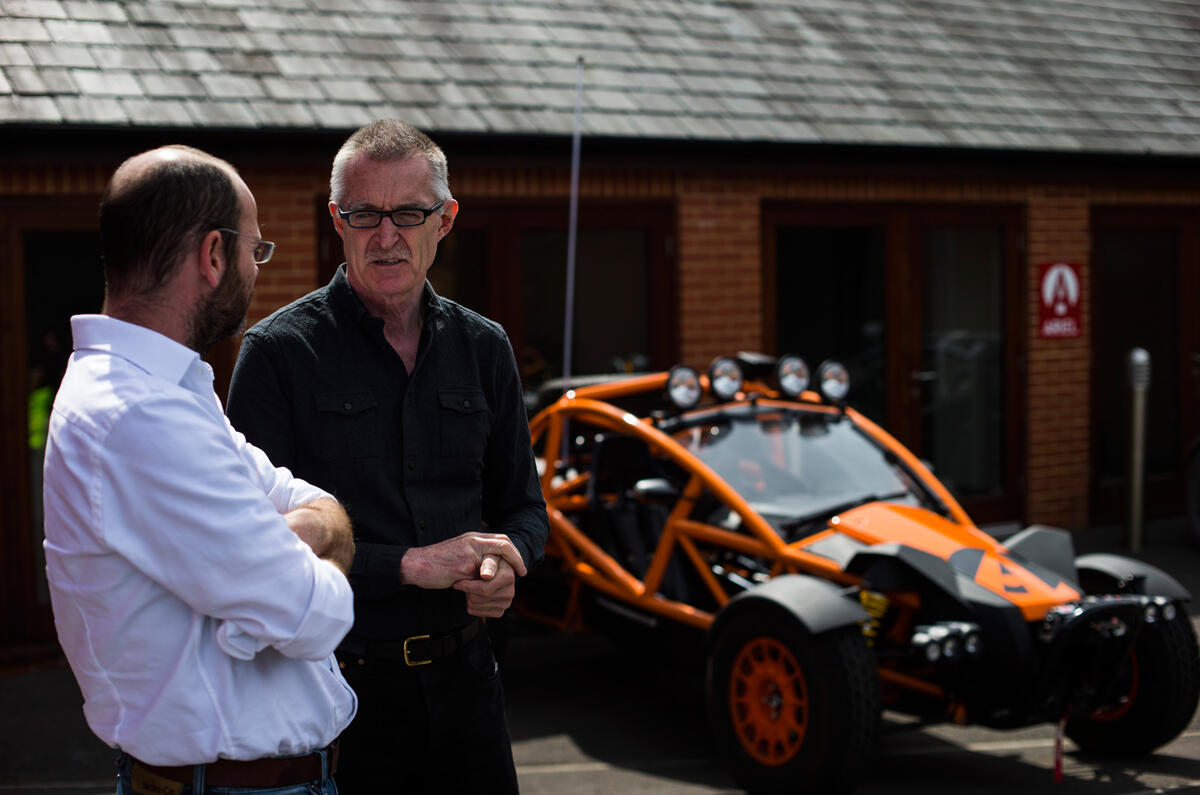
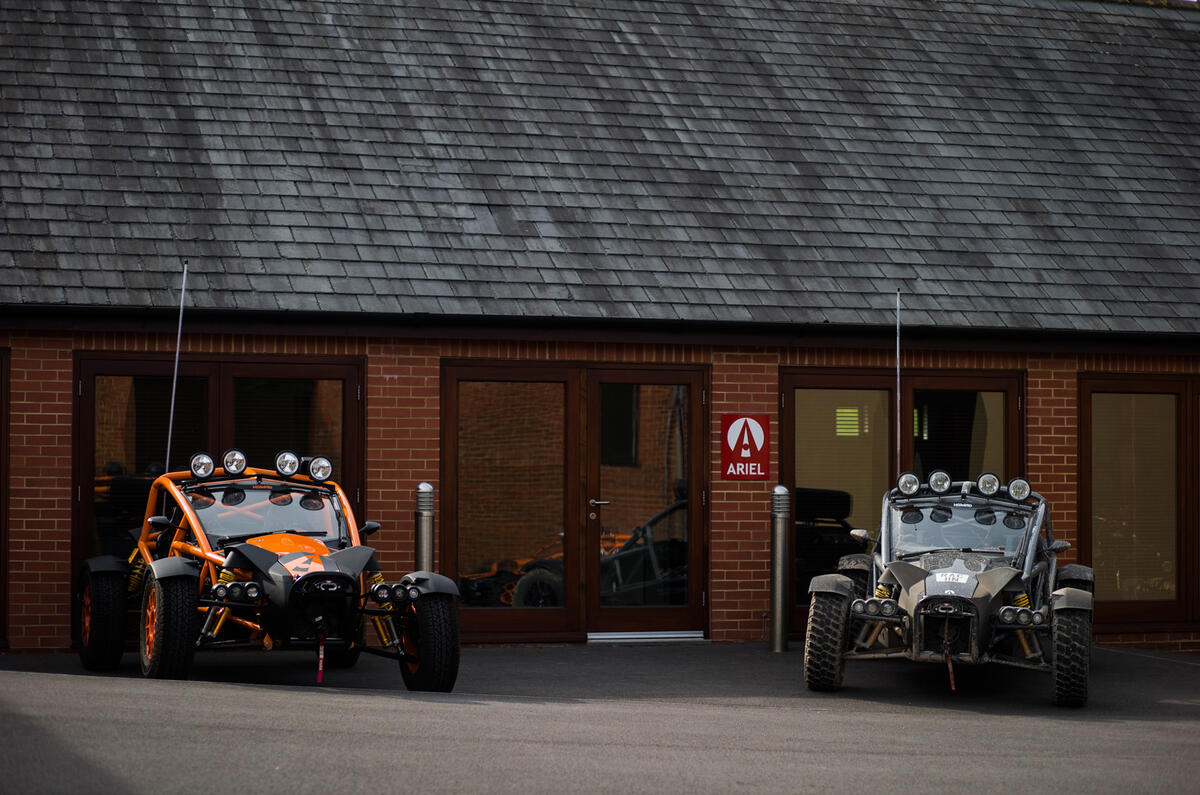
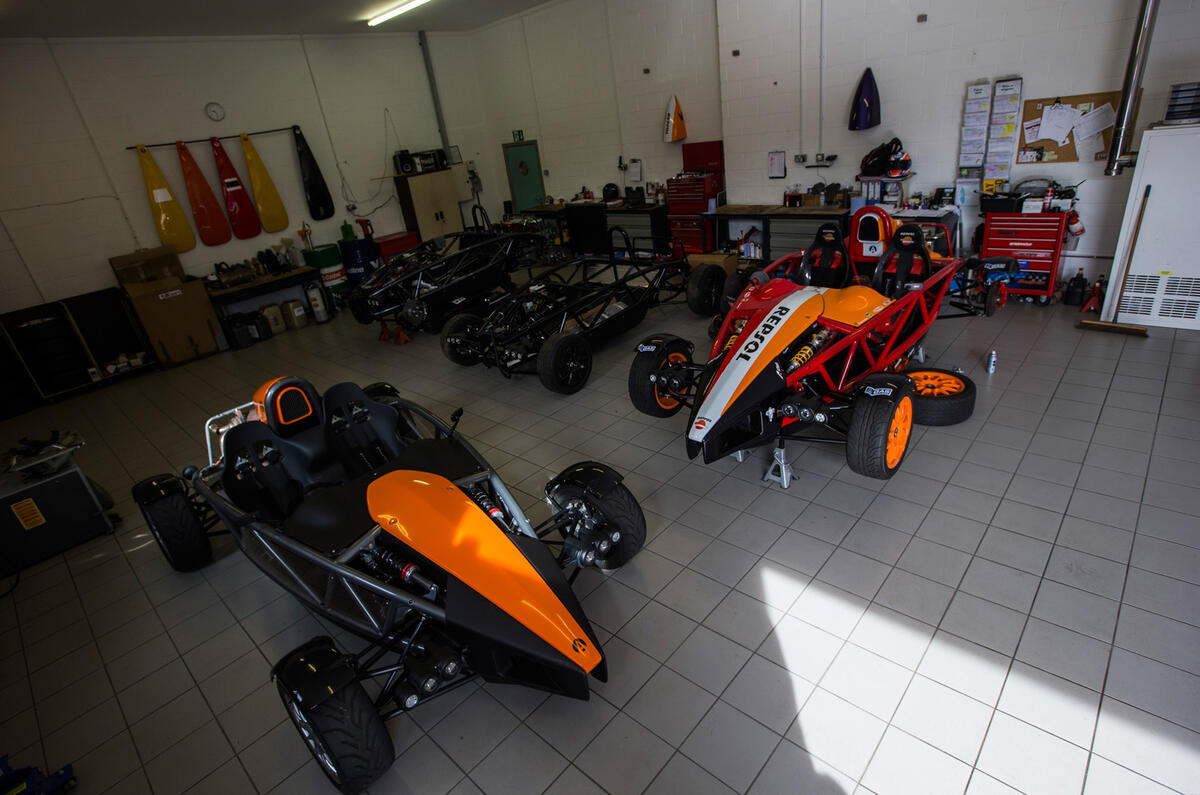
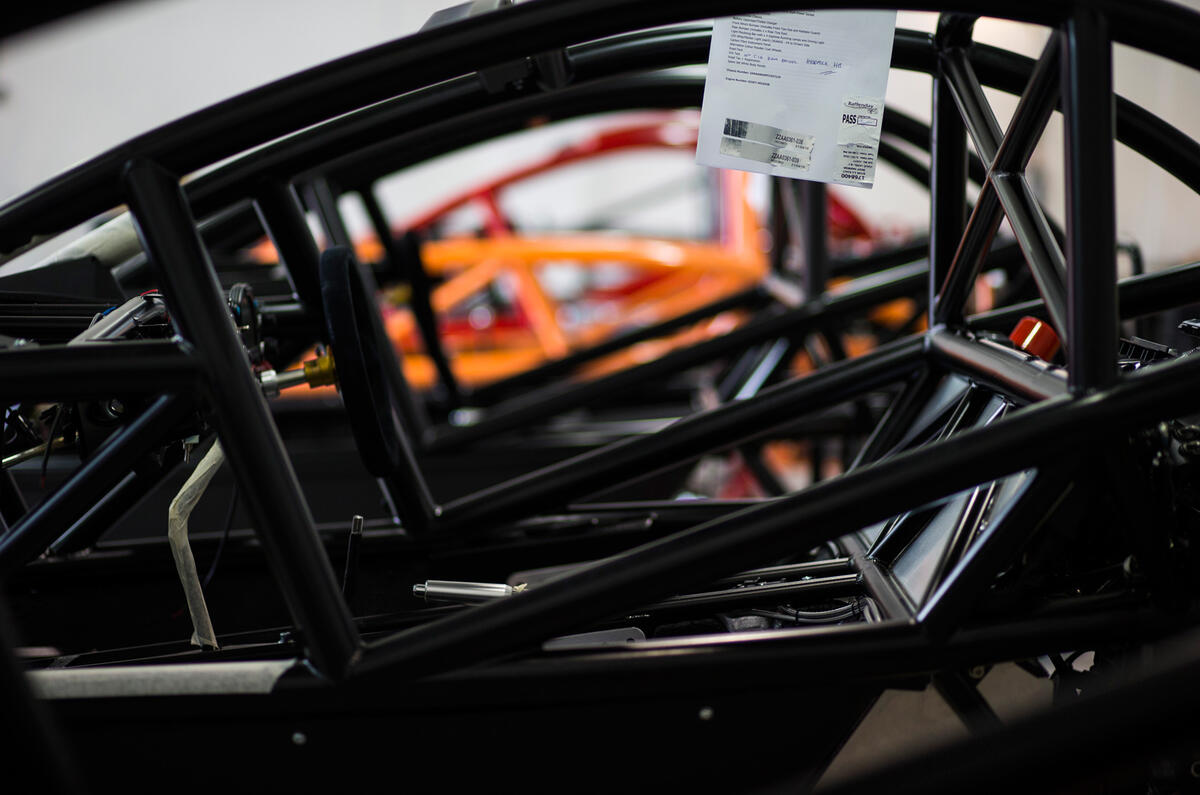
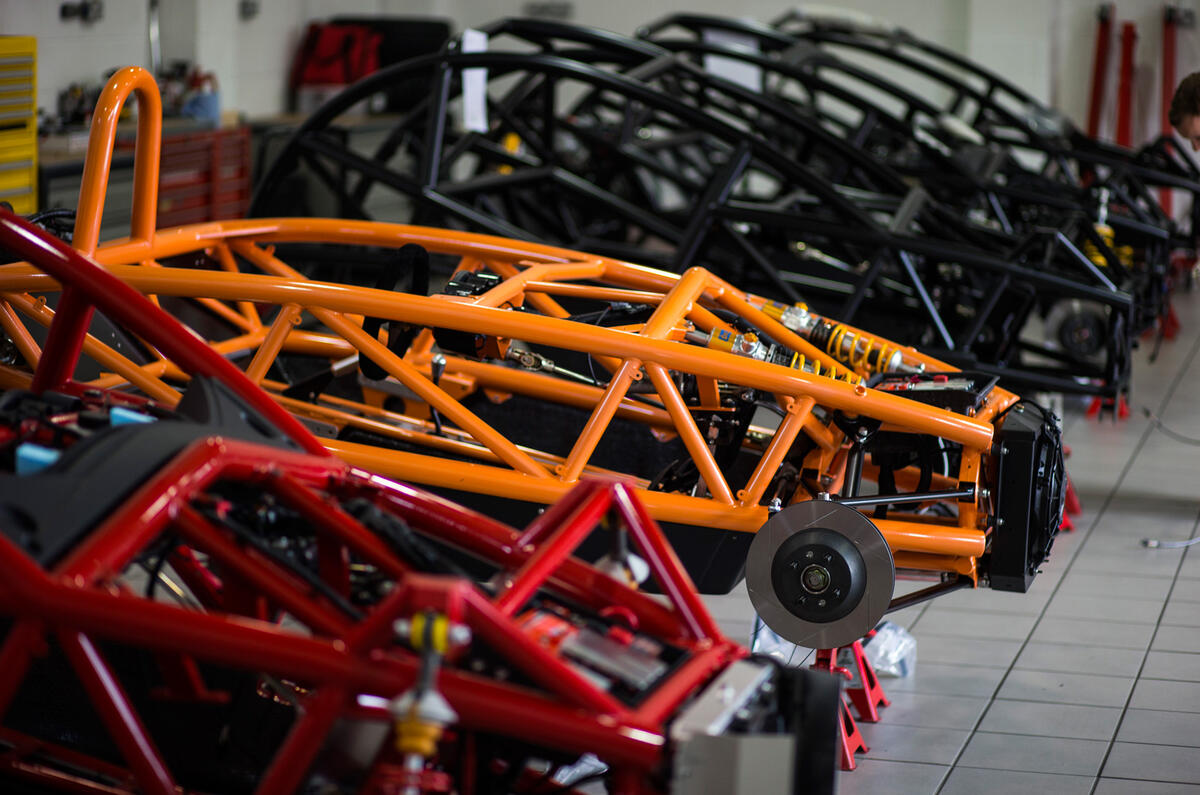
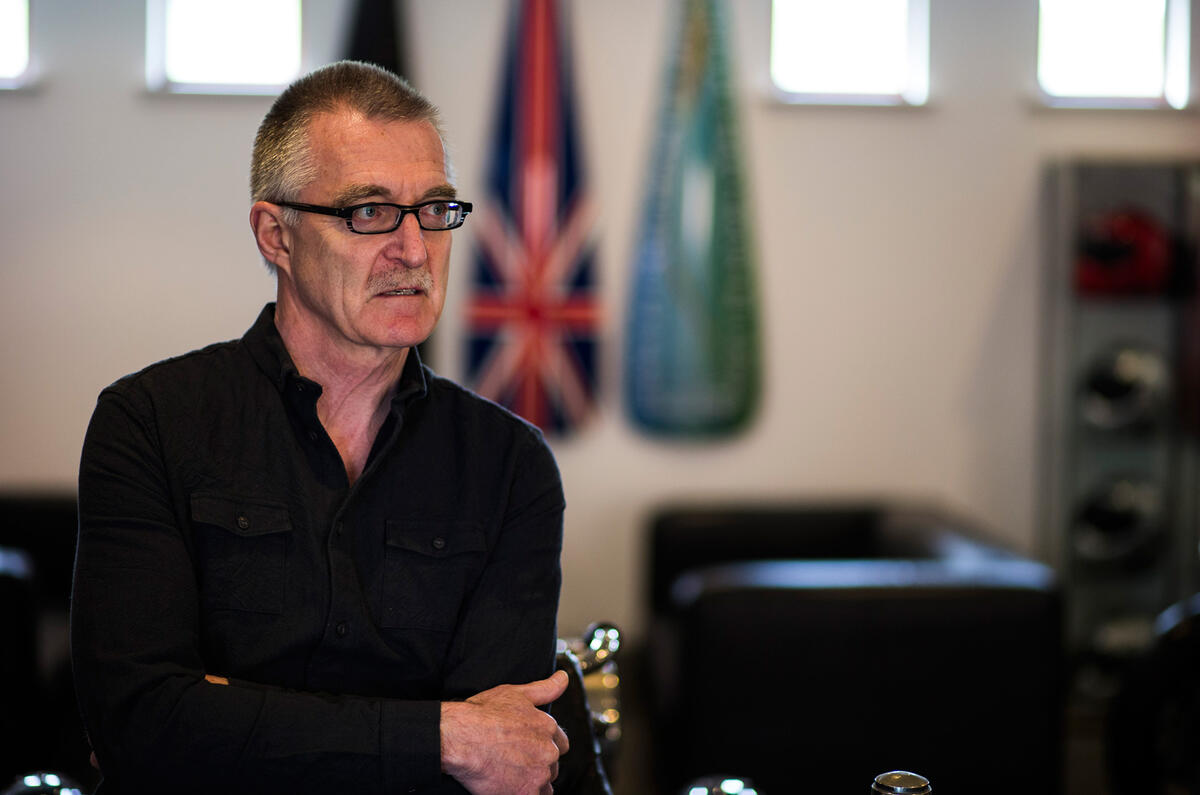
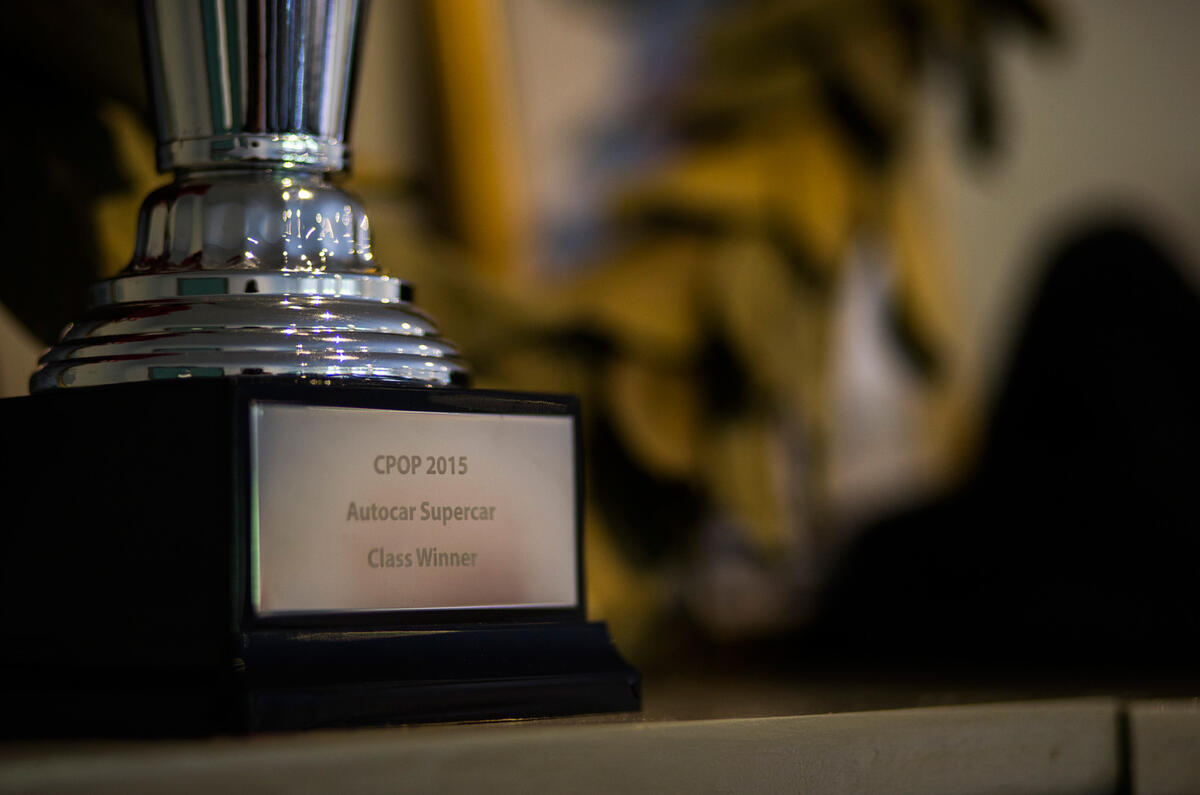
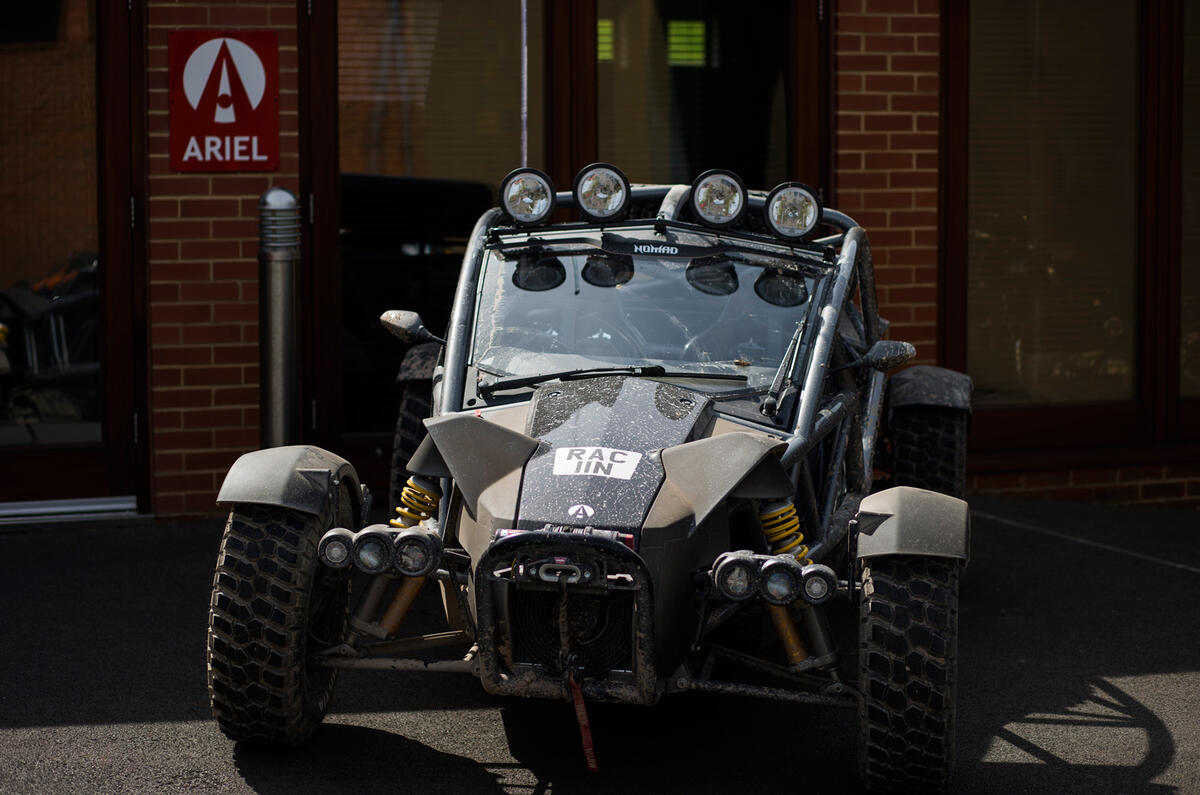
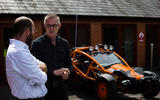
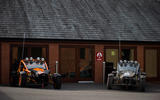
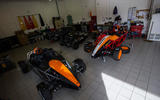
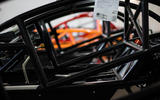
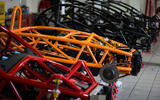
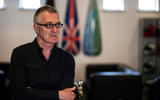

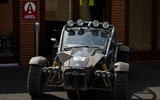






Add your comment